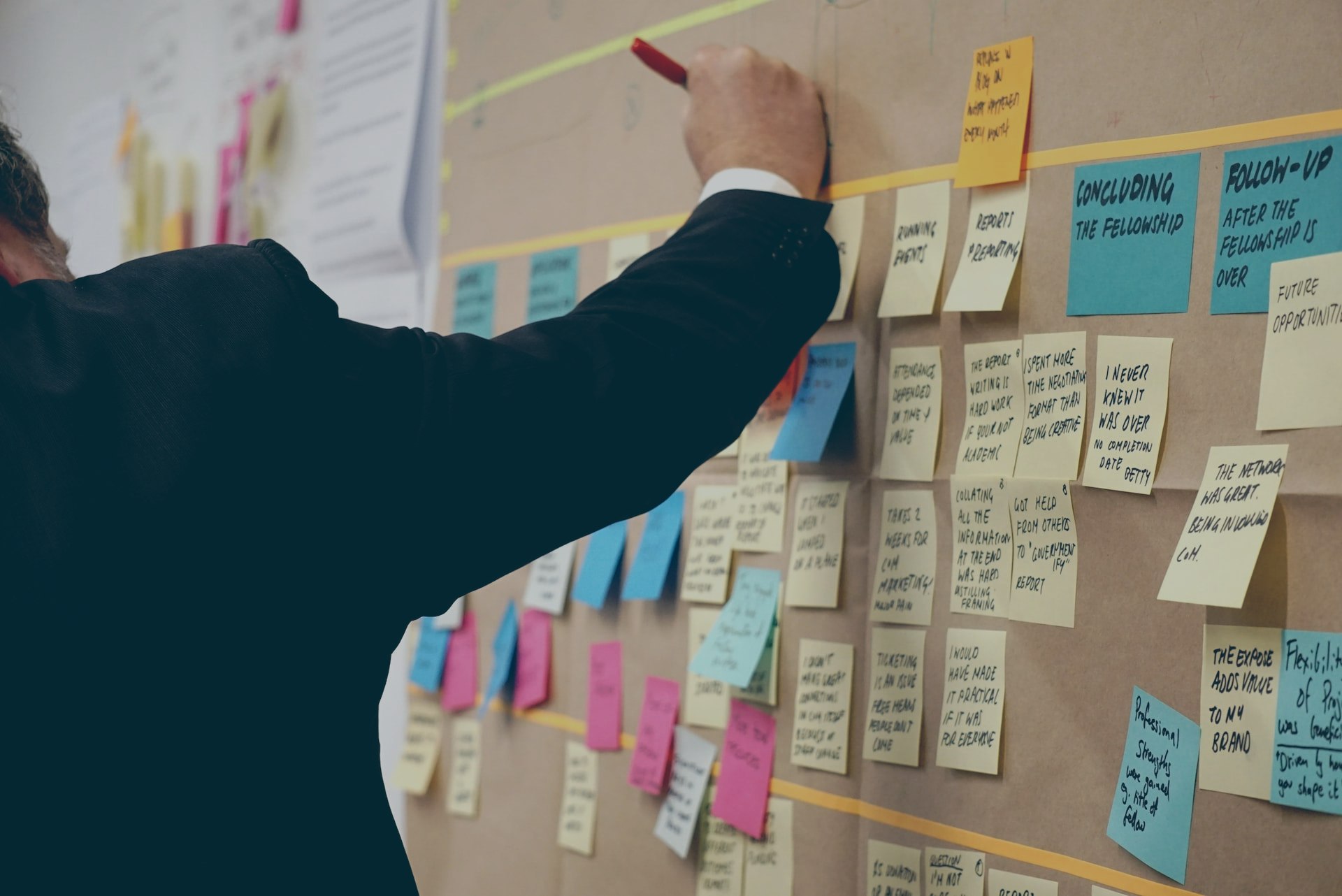Introducing dialogues - A technique for delivering better government services (3/3)
Author
Mark Fonds
Published
17 September 2013
Reading time
2 minutes
In our design projects with government agencies, we increasingly find that working with dialogues is relevant, valuable and useful. People react to them well, and engage with them easily.
Challenges for service designers
While most service designers might be unfamiliar with dialogues, they simply require a subtly different mindset. It is quite common to think about services in terms of the physical and digital touchpoints involved. Unfortunately, thinking only in terms of the features, functions and capabilities of those touchpoints has several disadvantages: the commonalities of services and touchpoints are identified very late, too late or just not at all.
The touchpoints become the focal points, instead of the citizens, their needs and drivers. Furthermore, emerging technologies create the necessity to rethink existing touchpoint concepts completely, whereas the underlying dialogues manifest themselves just as a new kind of touchpoint. And besides this changed mindset, a specific design skill is developed when working with dialogues: designers become proficient at working at differing levels of abstraction or granularity.
Identifying and describing the commonalities and differences of services and dialogues is like identifying the universals and particulars in philosophy. Identifying common characteristics, behaviours or facets as distinctive is a major design challenge. Designers learn abstraction not only through practice, but also through applying heuristic principles. Principles based upon understanding citizen needs and drivers, the domain, the differences between mental models of citizens and system models, and all technical constraints.
Designers experienced in writing use cases already have a good foundation for working with dialogues. However, we do see challenges for technology and government organizations. People responsible for systems and infrastructure as well as legislation need a deep understanding of the dialogues they are supporting, and they must be introduced to this technique. This remains as a big hurdle in our projects. But we are convinced that using dialogues provides an adequate response to all of them.
Download reprint (pdf) ~ Touchpoint 5.2, sep. 2013
About the author

Public sector
Service Design
Government
Citizen experience

